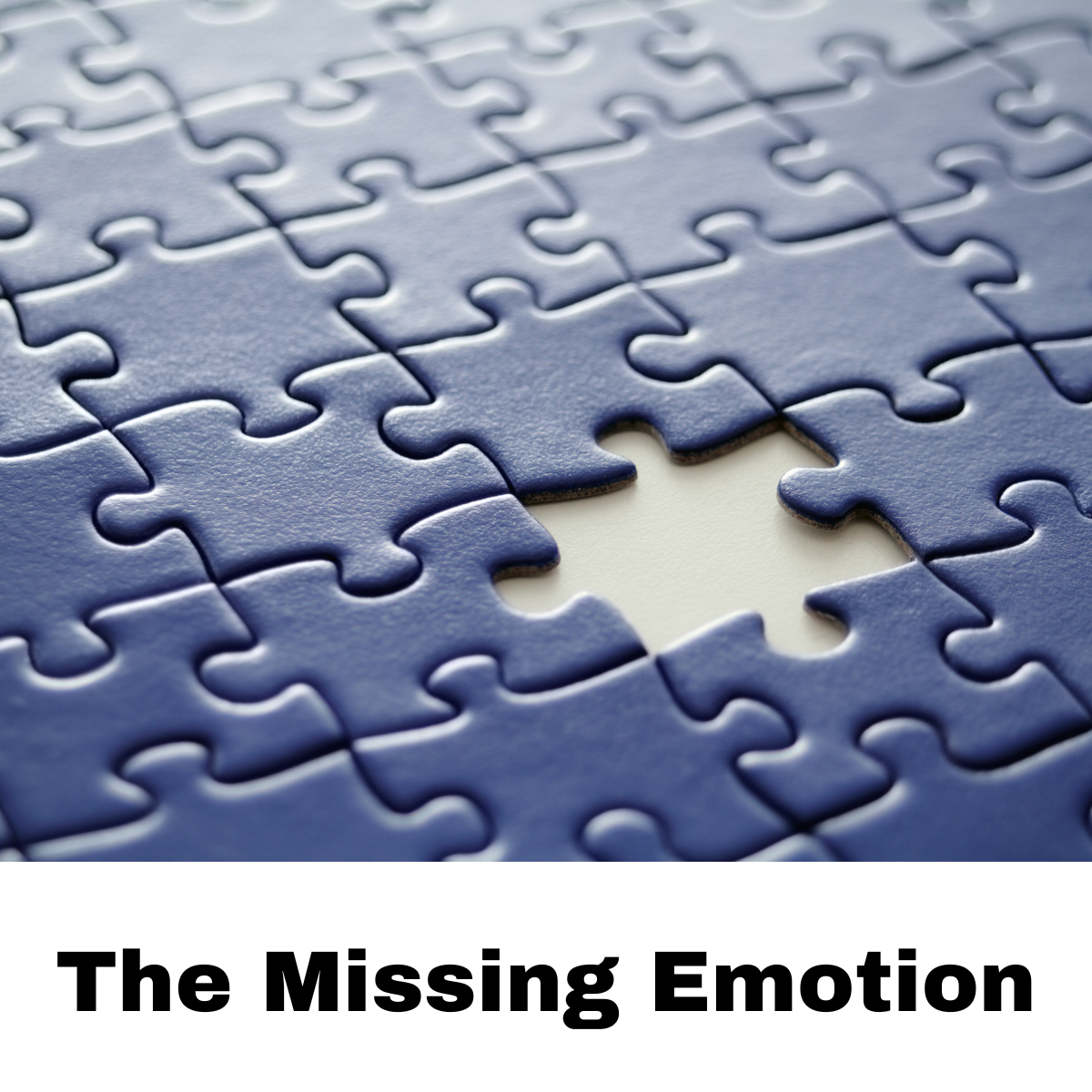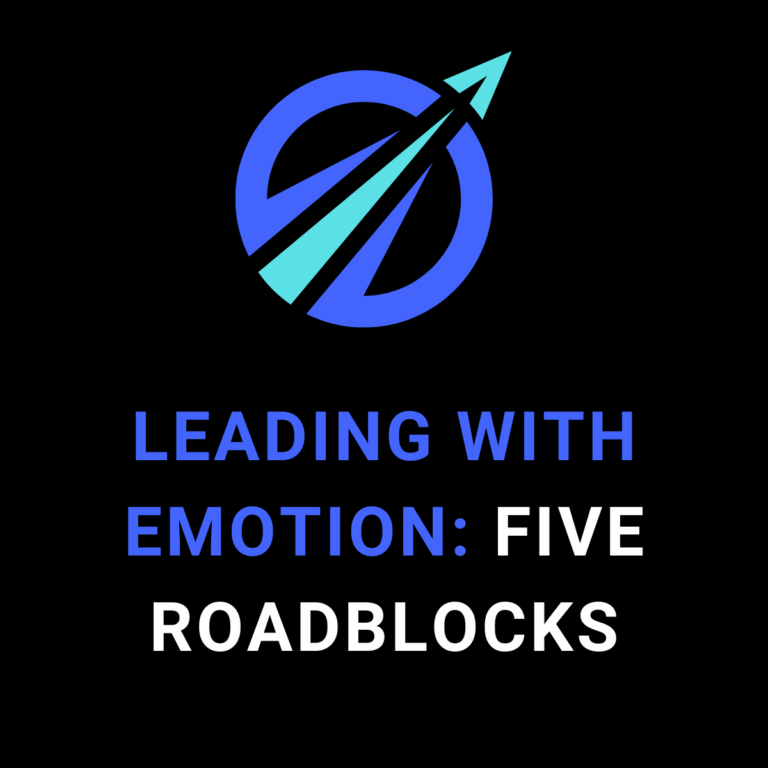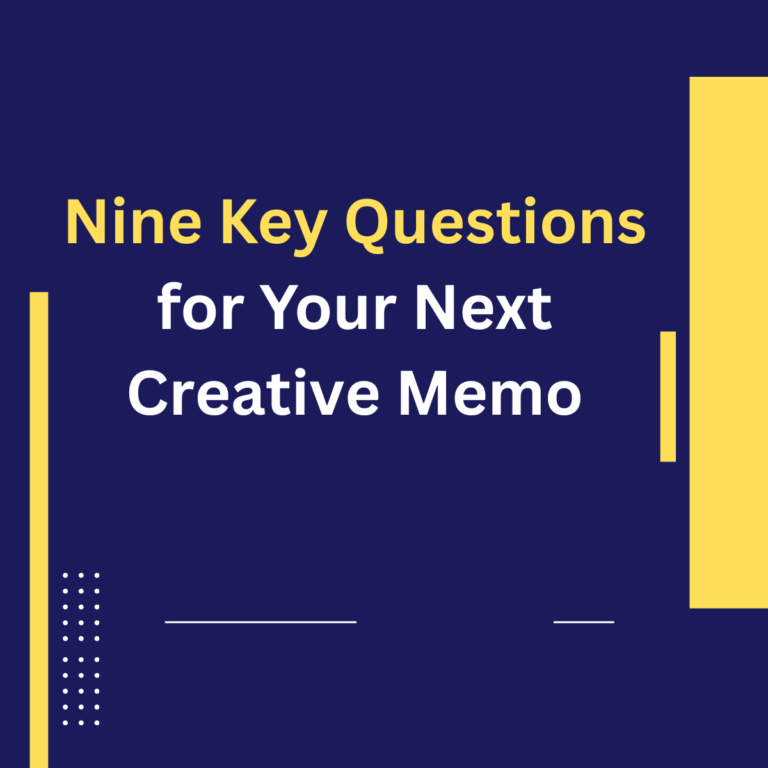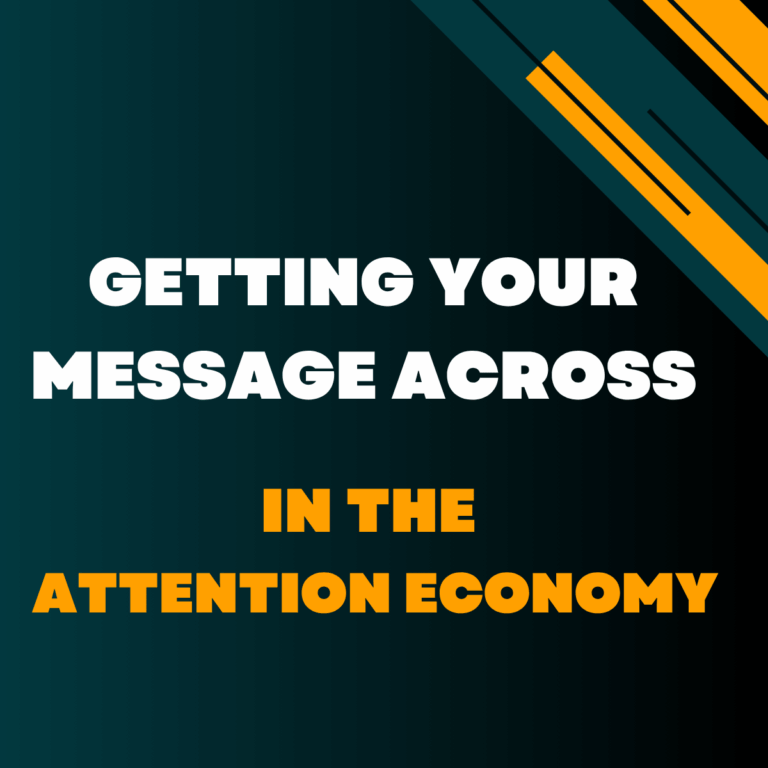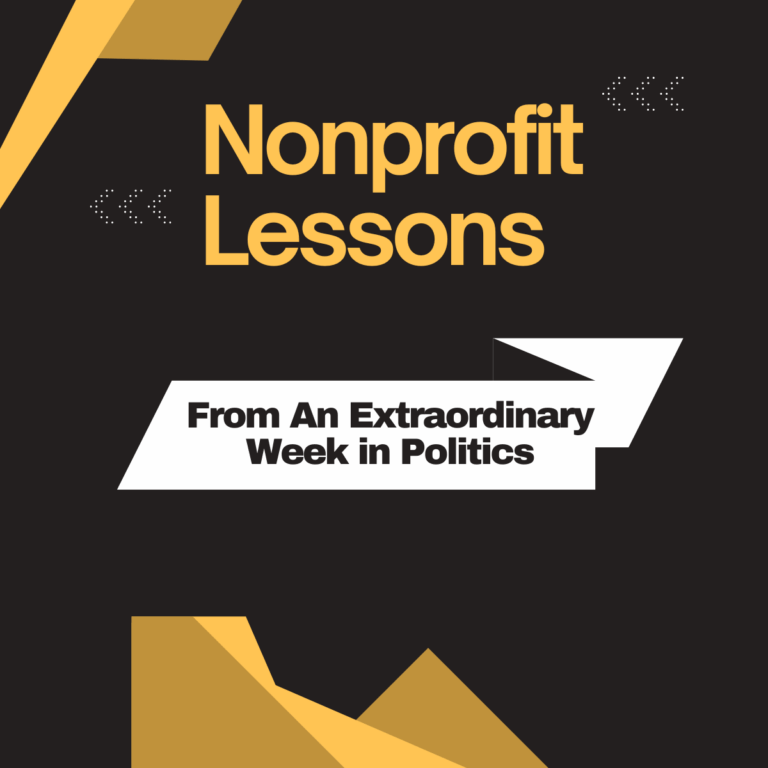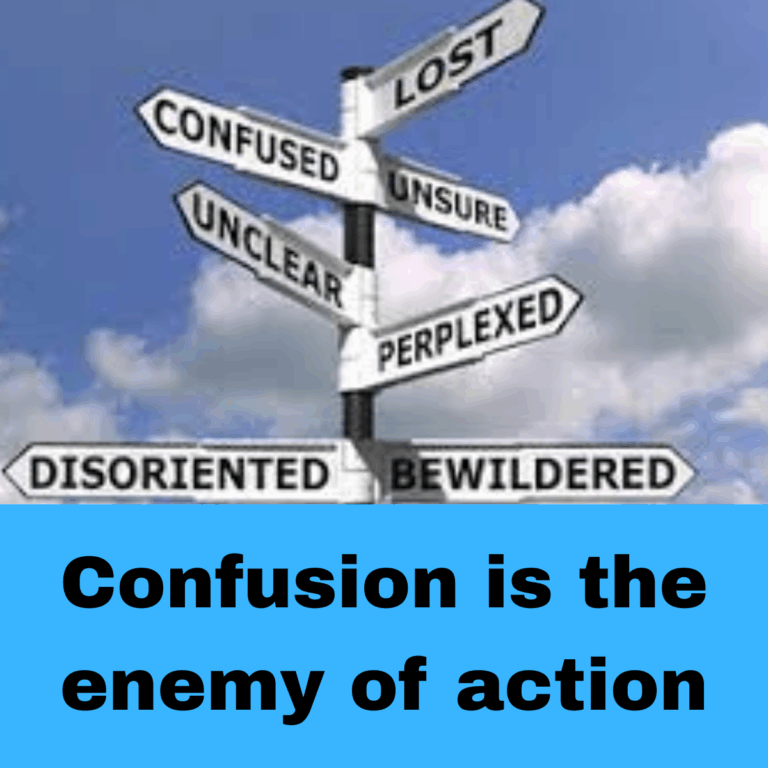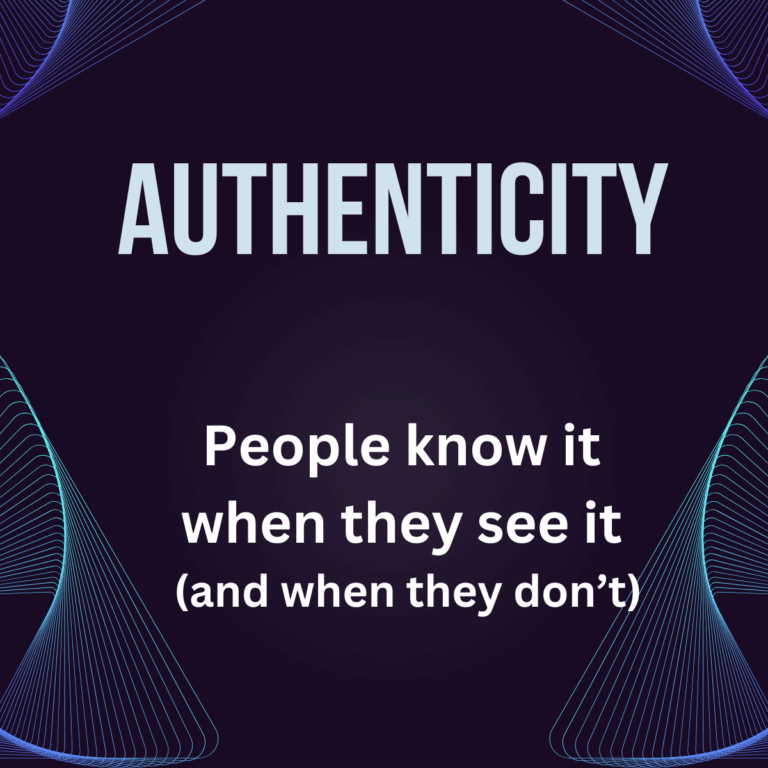In the climate we’re all operating in, it’s easy for your message (no matter what the topic) to blend into or be drowned out by the sea of pleas and promotions addressing the Trump 2.0 chaos and disruption.
We’ve got to keep asking questions like these: What’s new and exciting about the message you just wrote?
Could you have sent it a month ago or a month from now? Is it a message only you could send? If the recipient of your message tried to, could they pretty much predict the content?
And perhaps the most important question of all: What’s surprising in what you have to share?
I’m always urging nonprofit communicators to lead with emotion. But of all the emotions we invoke in conversations with our audiences, perhaps the most overlooked is the element of surprise.
When was the last time you really surprised your audiences?
When used thoughtfully, surprise disrupts expectations, captures attention, and opens the door for deeper emotional engagement – all critical steps on the path to persuasion.
Perhaps it seems odd to be talking about surprising and even delighting our audiences in a year so fraught with bad news and high drama. But that’s exactly the point. It’s never been more important to make your message stand out.
Why does surprise matter so much?
As author Nancy Harhut reminds us, “The human brain is hardwired to predict what will happen next. But when your customer does not see what they expect to, that person will be surprised. Surprise can be beneficial to marketers in two ways. When people are surprised, it focuses their attention and it intensifies their emotions.”
Surprise: A Relationship-Shaping Emotion
Surprise doesn’t just impact the immediate conversation. It can elevate the whole relationship between your cause and its supporters. Once again, let’s borrow insights from the commercial world. Here’s a customer experience scale put forward by Melina Palmer, host of The Brainy Business podcast.
Outrage>Dissatisfaction>Satisfaction>Delight.
As Palmer notes “Many people assume there is a linear relationship between dissatisfaction, satisfaction and delight, but it doesn’t work that way. You can’t do more of what is satisfactory to get someone delighted, because “super satisfied” is still just satisfied.”
What’s the key element in making the jump from satisfied to delighted? Barry Berman, an academic who has closely studied the issue, offers this. “Whereas customers are typically satisfied through the meeting or exceeding of expectations, delight requires a mixture of joy and surprise.”
Palmer cites a Mercedes Benz study showing the likelihood of getting repeat business by level of customer satisfaction:
Dissatisfied – 10%
Satisfied — 29%
Delighted — 86%
So, if surprise is so powerful, how do we incorporate it into our nonprofit messaging? In The Brands & Brains Newsletter, Matt Johnson PhD offers a useful formula for using surprise to elevate your audience’s experiences.
A Good Experience + Surprise = A Great Experience
For example, receiving a timely, warmly worded thank you letter is a good experience. But that letter sharing news of an unexpected breakthrough on the issue at hand is a great experience.
Taking the conversation in an unexpected direction, adopting a unique angle of vision on a problem, introducing new and unanticipated facts, displaying data in a new and unique fashion. These are all ways you can seek to surprise your audience and set your message apart. Here are a couple of examples:
Dumb Ways To Die
A Melbourne, Australia transit company wanted to promote safety around trains especially among hard-to-convince young people. So, they went against the grain. Rather than using grim statistics and graphic warnings, they launched a surprisingly light-hearted “Dumb Ways to Die” campaign. It centered around a video featuring a jaunty jingle and lovable cartoon characters.
The 2012 campaign became a cultural phenomenon. Within 24 hours, the DWTD song reached the Top Ten chart on iTunes. Within days, it became the world’s most shared video and it was picked up by every news station in Australia.
By surprising people with an unexpected approach, they broke through.
Doctors Without Borders
Less than a week after a huge tsunami hit in Southeast Asia, Doctors Without Borders (MSF) surprised its donors by announcing that, after a massive donor response, it had the funds needed to respond to the situation and would no longer be accepting gifts targeted to the crisis.
Despite the announcement, MSF still received tens of millions of dollars beyond the funds required for its tsunami response. So, they contacted their donors asking permission to unrestrict their donations so they could be used for other emergencies and forgotten crises. Of all the people contacted, only 1% asked for their donations to be refunded as opposed to redirected.
MSF’s unprecedented action and transparency helped reinforce peoples’ understanding of the organization as a straightforward, principled and authentic actor.

Repetition is a key part of our messaging strategies. We have to drive home critical elements of our core organizational narrative over time. But, if we want to break through the noise and create memorable content, we can’t just keep saying the same thing the same way over and over. Surprise people with different approaches. Search out new language, new stories and new angles of vision that get that core narrative across in an engaging fashion.

You can’t surprise people by only looking backward. It’s great to report back on work your audiences helped move forward and progress they helped achieve. But, if you stop there, you have a cultivation message, not a response-generating one. Make sure you’re engaging people by conveying future-facing details about “can’t wait” work that lies right ahead.

Most of us understand the need to provide exciting, new information to our audiences. There’s a good reason we don’t do it as often as we should. We just don’t have the goods. Inside most organizations, the pipeline from program staff to communicators is way better at relaying what has been done than what is coming up. It’s not easy but finding ways to access future-facing plans, events and developments early enough to convey them to your audiences is vitally important.

From time to time, it’s a useful exercise to review the messages you’re sending and just catalog the emotions being invoked by each element in your communications. For one thing, you might identify places where emotion is lacking altogether. But you can also inventory whether you’re treading too heavily in one emotional direction or another. And you can see if surprise and delight are showing up where they should be.

Remember Matt Johnson’s formula: A good experience + surprise = a great experience. Then, incorporate the search for elements of surprise as a key part of how you develop creative projects. Don’t settle for creative briefs that just lay out the same, old information. Make answering this question an explicit part of your process: What can we tell people about our work that’s new, exciting and will take them by surprise?


